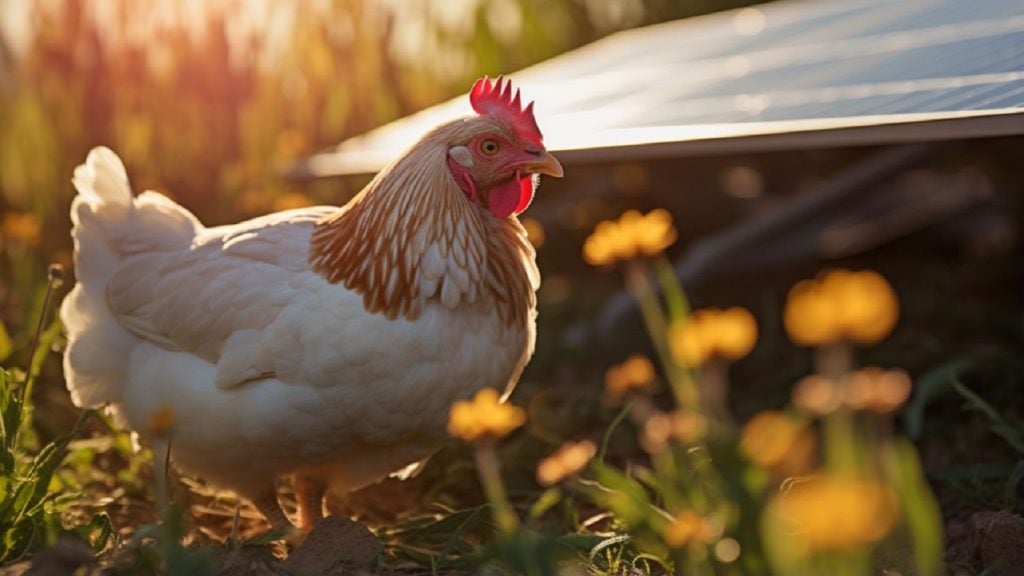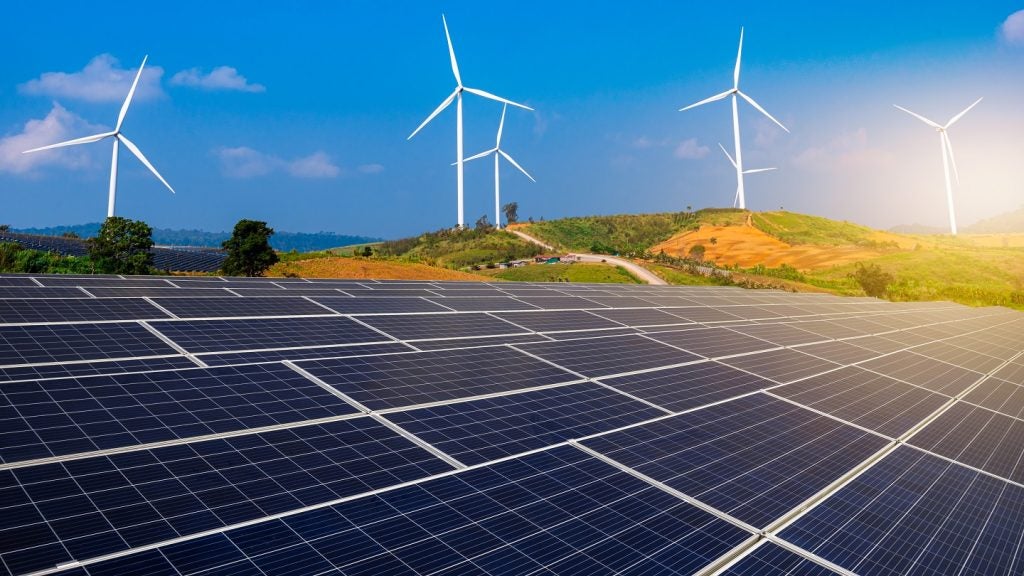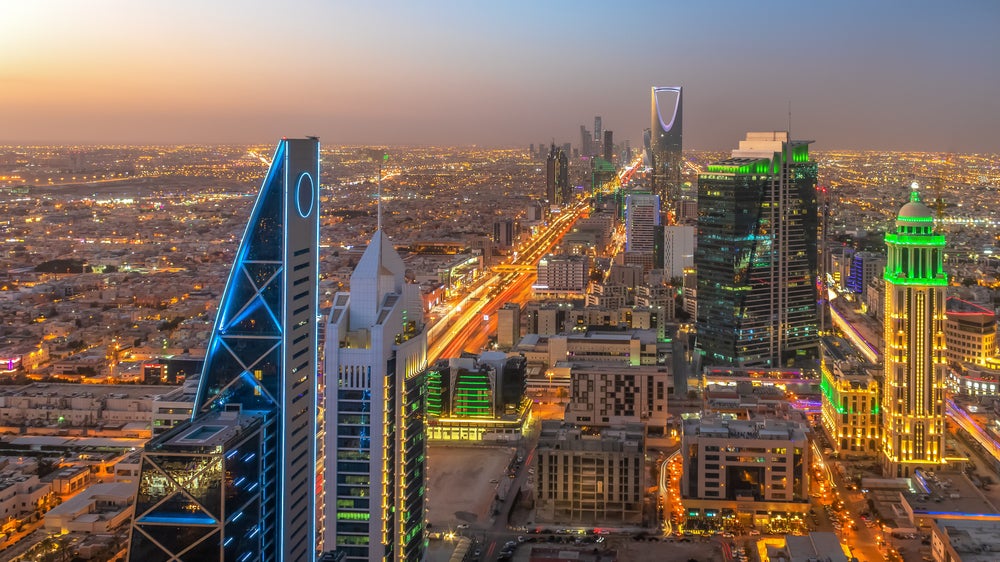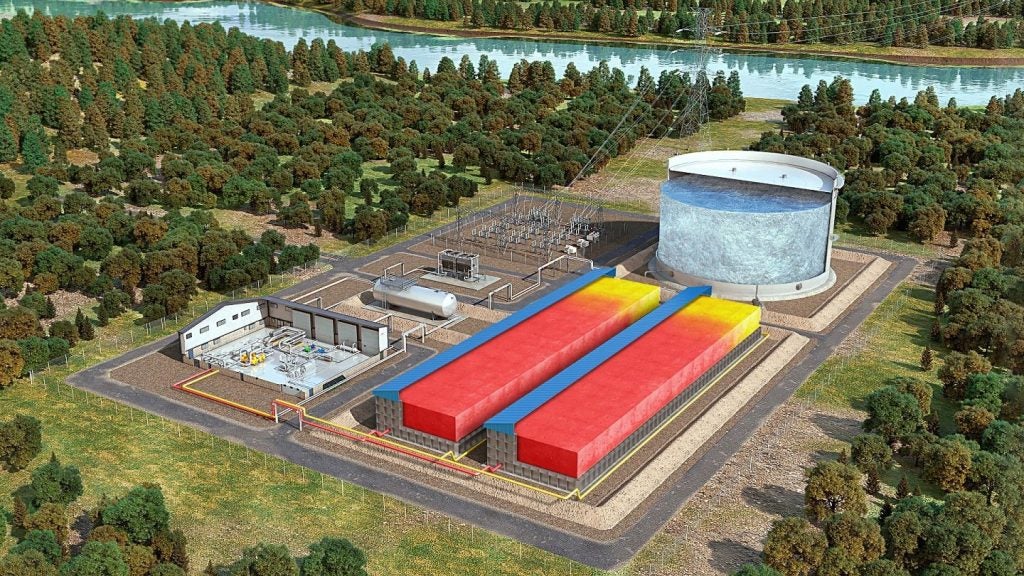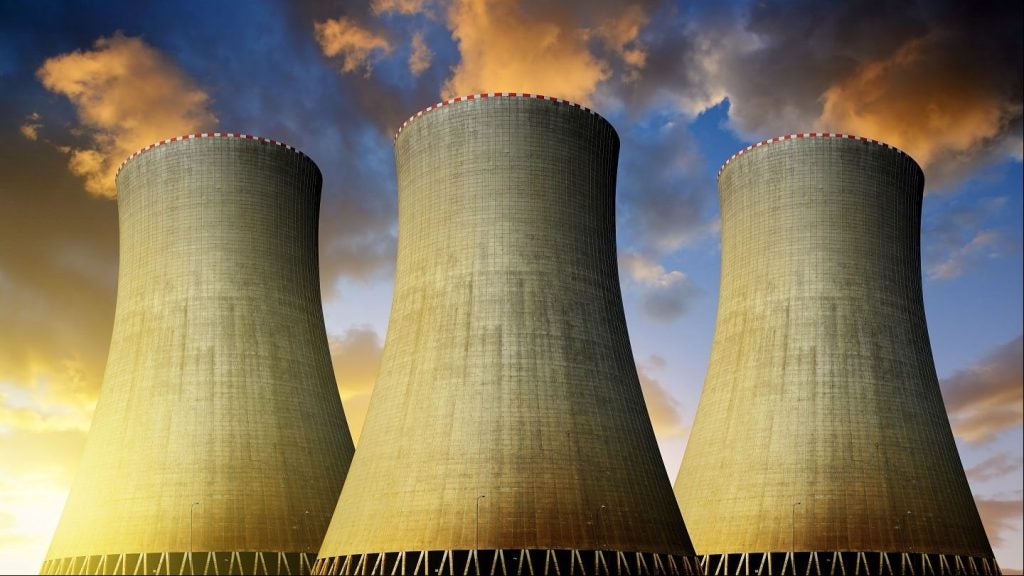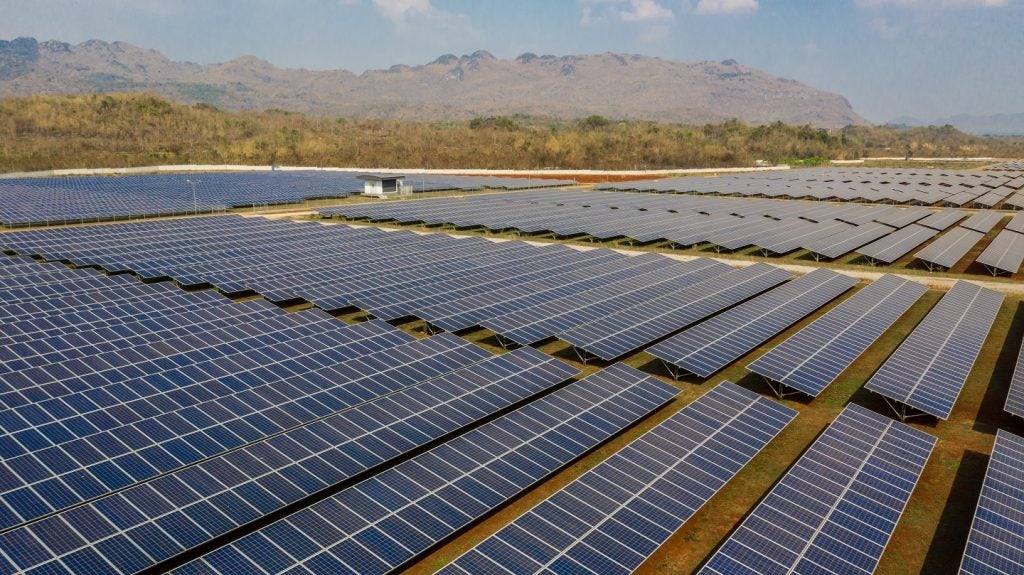Swedish utility Vattenfall has commenced construction of a 79MW agrivoltaic solar project known as Tützpatz in Mecklenburg-Western Pomerania, Germany.
With the support of the landowner and the municipality, Vattenfall is implementing a new concept in which sustainable agriculture and solar power generation are combined on the same land.
Vattenfall took the final investment decision on the project in February 2023 and the plant will begin operations in 2024.
The project has been developed without state support and is being implemented on a commercial scale with Vattenfall's partners.
Built on a 93-hectare site, the solar modules will be installed on rack systems. The process will enable the company to gain further practical experience for similar future projects.
Vattenfall Solar Division head Claus Wattendrup stated: “With the construction of an agrivoltaic project on this scale, we are doing real pioneering work. We want to show that sustainable agriculture and energy production can complement each other perfectly. With the Tützpatz project, we are now developing this young technology on a commercial scale.”
The power will be purchased by Deutsche Telekom’s subsidiary Power and Air Condition Solution Management (PASM) for ten years via a corporate power purchase agreement. The solar plant is expected to generate enough clean energy to power 2,500 Deutsche Telecom mobile phone stations.
PASM managing director Bernd Schulte-Sprenger stated: “As part of the Deutsche Telekom Group, PASM ensures that the availability of the telecommunications infrastructure is guaranteed at all times. We achieve this goal by using 100% electricity from renewable energy sources, thus driving forward the energy turnaround in the Group.
“The electricity supply contract from the Tützpatz solar park has a special significance in this context, as it combines green electricity generation with sustainable agriculture, and free-range chickens will live under the solar panels. Thus, the electricity supply from the Tützpatz solar park can be considered a trendsetting project in the context of the energy transition in Germany.”


